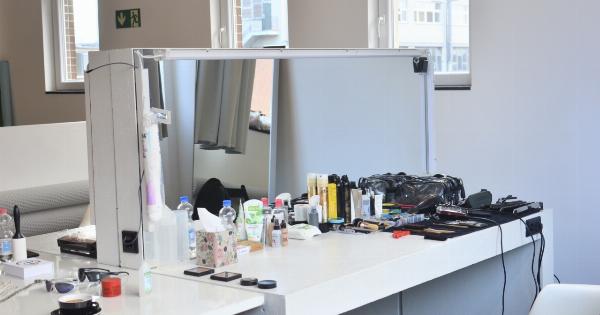Birth control is a popular method used by individuals to prevent pregnancy. While it is primarily associated with female use, recent research suggests that birth control may also have aesthetic effects on male appearance.
This article will explore the findings of these studies and discuss the potential impact of hormonal contraceptives on male attractiveness.
The Link Between Birth Control and Changing Hormone Levels
Hormonal contraceptives, such as birth control pills, patches, and injections, work by altering the hormone levels in the body.
These synthetic hormones, typically a combination of estrogen and progestin, mimic the natural hormones that regulate the menstrual cycle and prevent ovulation in females. However, studies have shown that these hormones can also affect the hormone balance in male users.
Changes in Facial Structure and Fat Distribution
One of the notable effects of hormonal contraceptives on male appearance is the potential for changes in facial structure.
Research has found that men who use birth control methods containing estrogen may have a more feminine facial shape compared to those who do not use such contraceptives. This includes features such as softer jawlines, smaller chins, and narrower cheekbones.
Additionally, hormonal contraception can influence fat distribution in the body. Estrogen, in particular, promotes the accumulation of subcutaneous fat, which is typically found in areas such as the hips, thighs, and buttocks.
Therefore, male users of hormonal contraceptives may experience a redistribution of fat, resulting in a more feminine body shape.
Effects on Skin and Hair
Apart from changes in facial structure and fat distribution, birth control may also impact the quality of the skin and hair in males.
Estrogen, as a key component of hormonal contraceptives, can affect the sebaceous glands, leading to an increase in oil production. This excess oil can result in acne breakouts, which are more common in females but can also affect males who use estrogen-containing birth control.
Furthermore, hormonal contraceptives can influence hair growth and thickness. Studies have shown that men who use birth control methods with progestin may experience a decrease in the density and diameter of their hair.
This effect can be attributed to the androgen-blocking properties of progestin, which may interfere with the natural growth cycle of hair follicles.
Psychological Impact on Male Users
The aesthetic changes brought about by hormonal contraceptives can have a psychological impact on male users.
As societal beauty standards often prioritize masculine features, men who experience more feminine physical traits may face challenges related to self-esteem and body image. This can lead to feelings of insecurity, social discomfort, and even psychological distress.
In addition to personal psychological effects, there may also be consequences in interpersonal relationships.
Some studies suggest that women may be less sexually attracted to men who exhibit more feminine facial features, indicating a potential impact on romantic relationships and partner selection. However, it is essential to note that attractiveness is subjective and can vary among individuals.
Considerations and Controversies
While the research on the aesthetic effects of birth control on male appearance is intriguing, it is important to interpret the findings with caution.
The studies conducted so far have mainly focused on small sample sizes and may not represent the entire male population accurately. Furthermore, birth control methods vary widely in their composition and hormonal levels, which could contribute to differing outcomes.
It is also crucial to recognize that the potential aesthetic changes discussed are not inherently negative or positive. They simply reflect a deviation from conventional beauty norms.
Beauty standards evolve over time, and what may be considered attractive in one era or culture may differ in another. It is important to embrace diversity and individuality while discussing the effects of birth control on male appearance.
Conclusion
Birth control methods, primarily designed for female use, may have aesthetic effects on male appearance. Changes in facial structure, fat distribution, skin quality, and hair growth have been observed among male users of hormonal contraceptives.
These alterations can influence self-perception, relationships, and societal perceptions of attractiveness. However, more extensive research is needed to draw definitive conclusions and understand the full extent of these effects.






























